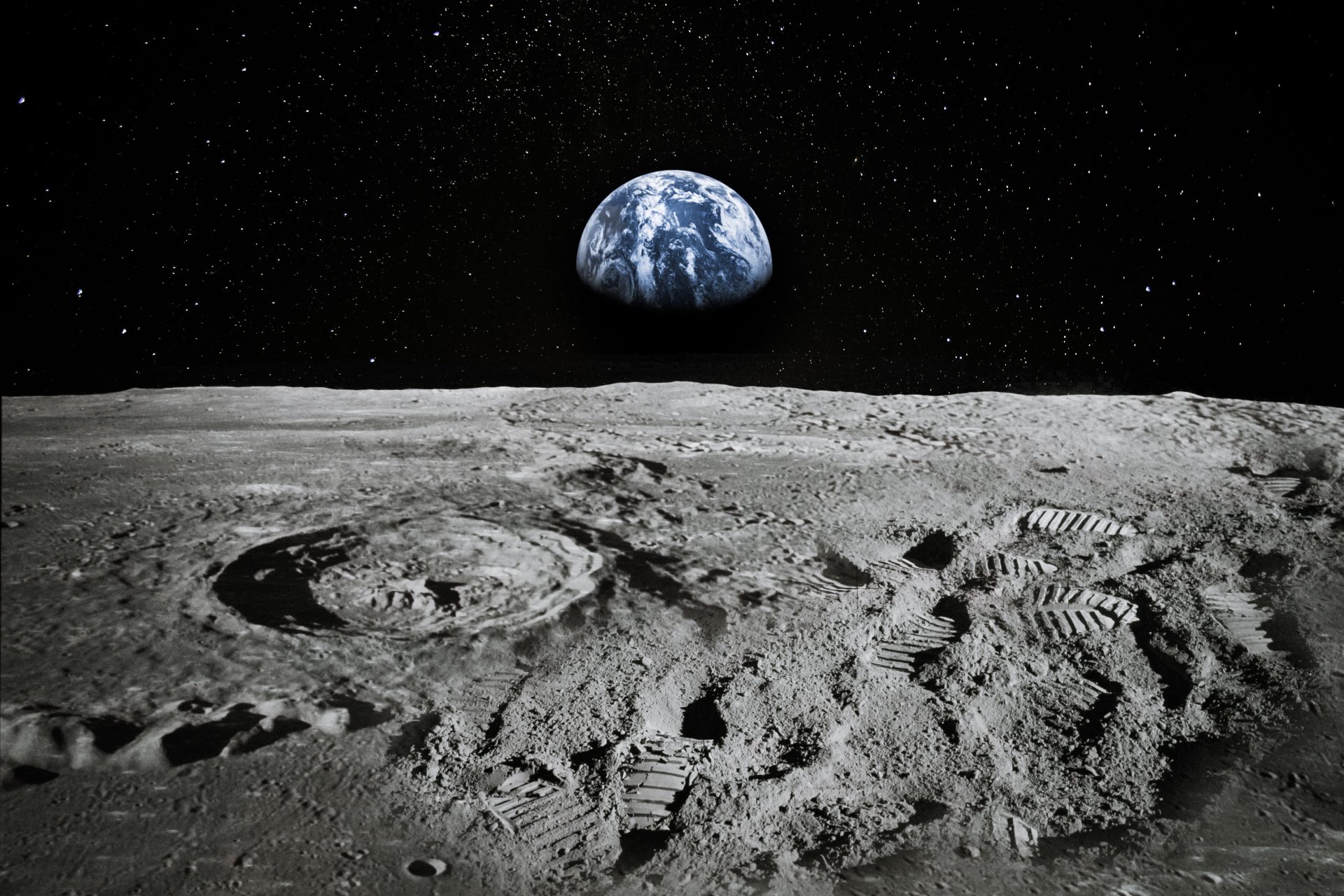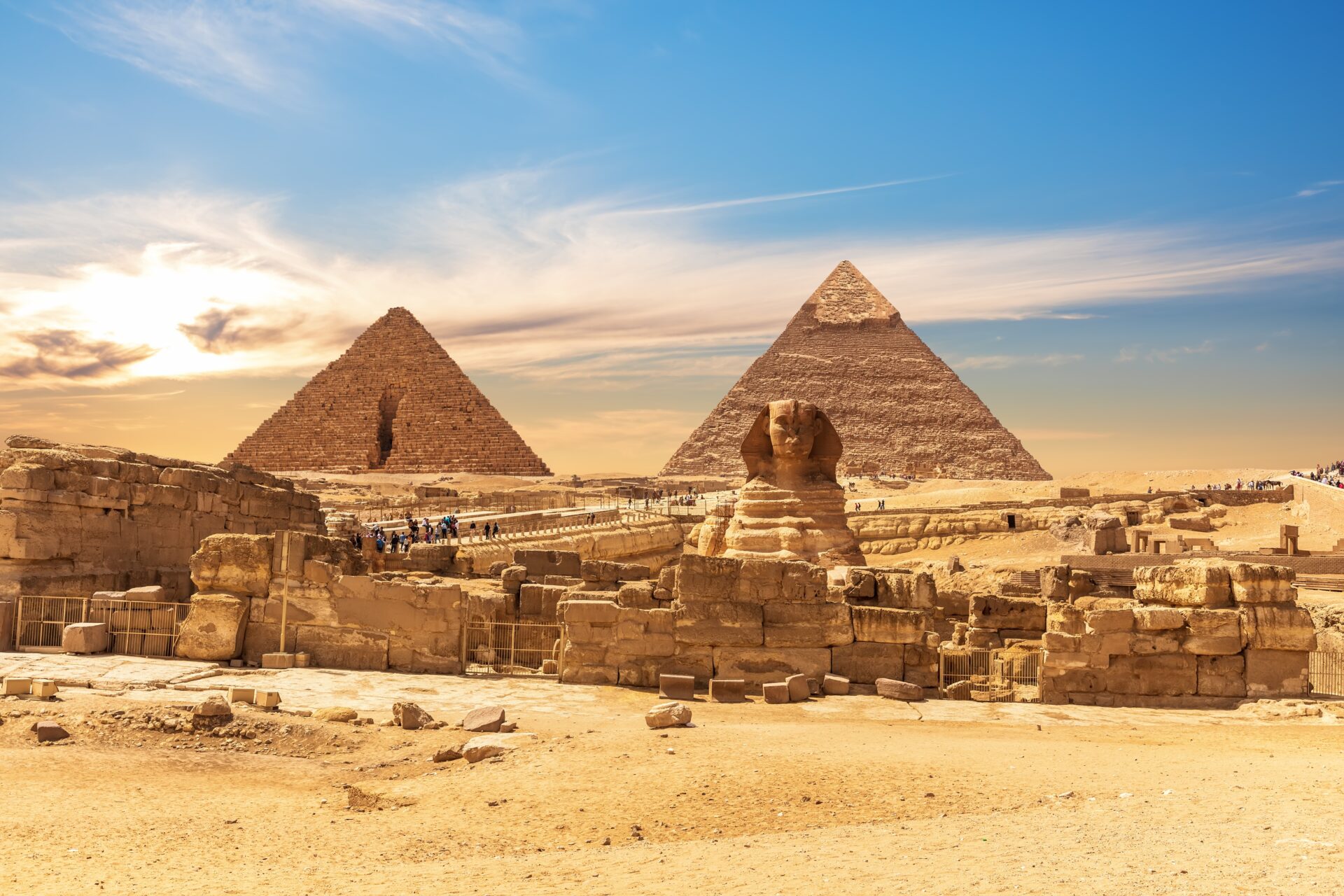
Moon Landing Crash: New Insights
NASA’s photos of a Japanese lunar lander crash reveal crucial insights into the risks and rewards of international lunar exploration.
At a Glance
- A NASA spacecraft orbited the moon and photographed the crash site of a Japanese lunar lander.
- The lander, named Resilience, was operated by the Tokyo-based company ispace.
- The crash took place in the moon’s Mare Frigoris region, also known as the Sea of Cold.
- The incident marks ispace’s second failure in two years.
International Collaboration in Lunar Exploration
NASA’s endeavor to document the crash site of a Japanese lunar lander is reinforcing the importance of international cooperation in space exploration. The lander, named Resilience and developed by ispace, met its untimely end when it crashed into the Mare Frigoris region of the moon, also known as the Sea of Cold, a testament to the perilous nature of lunar landings.
The landing left a dark smudge and a halo of lunar soil in its wake, images captured by NASA’s Lunar Reconnaissance Orbiter reveal. These insights bring invaluable data to space agencies, enabling them to improve technical preparations for future missions. By understanding the crash dynamics, experts aim to refine their approaches and mitigate the risks involved in landing on the moon.
A Drive for Safer Moon Landings
ispace has announced its intention to carefully scrutinize the mission failure with the mission control center already gearing up for a comprehensive news conference. This crash marks ispace’s second setback in two years, propelling a push for better landing strategies and innovative resolutions to strengthen the reliability of lunar missions.
The unexpected incident emphasizes the formidable nature of space expeditions, underscoring the necessity for collective efforts and technological advancements that can overcome the persistent challenges of extraterrestrial exploration.
The Role of NASA in Global Space Missions
The mission, launched from Cape Canaveral in January, and now meticulously documented by NASA’s orbiter, reiterates the pivotal role NASA plays in aligning global efforts towards lunar exploration. Through capturing and sharing these critical findings, NASA not only enhances its future missions but also fosters an environment where pioneering companies can develop solutions surpassing current capabilities.
The drive for expanded lunar exploration provides a beacon of hope that the collective dream of safely unraveling the moon’s secrets can be realized, reflecting the importance of continued teamwork and shared achievements in the quest for knowledge within the cosmos.


